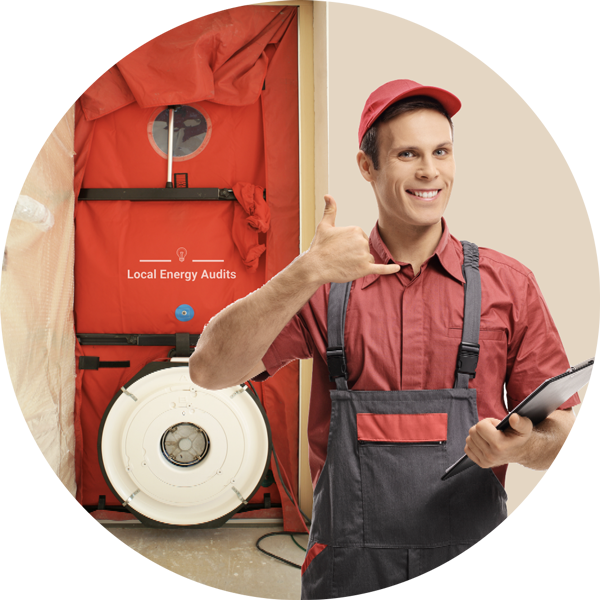We make compliance easy by giving you expert guidance on how you can pass an energy inspection, improvements you can make, and the best possible route for increasing your buildings’ efficiency using duct and envelope testing. We know the challenges you face when trying to stay in compliance. We can help you meet your energy-efficiency goals, and an essential part of our mission is to take out the frustration.

PA Energy Codes
There are two energy standards Philadelphia homeowners and builders need to know about: 2015 IECC and 2018 IECC. These are two different energy standards used for residential dwellings, and the one that applies to you will depend on the age, size, and location of your home.

Building Envelope Testing
Your building envelope is the airtightness of your home. A building envelope test measures the amount of air leakage you have in and around your home, giving you the exact volume of air you are losing by the hour. This is valuable information homeowners and builders can use to make informed decisions about increasing energy efficiency.

